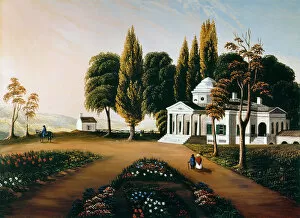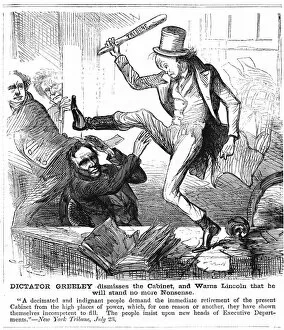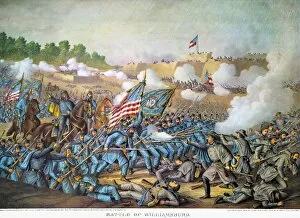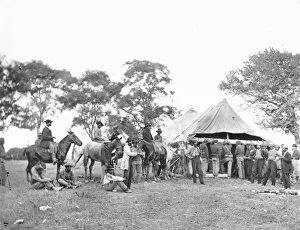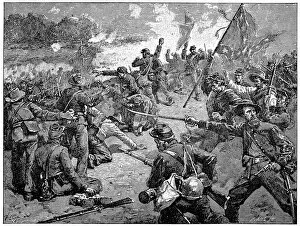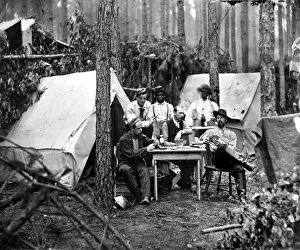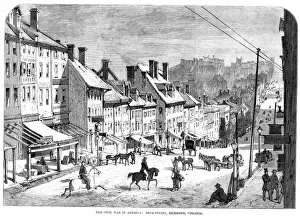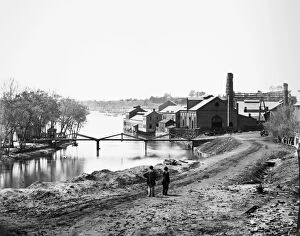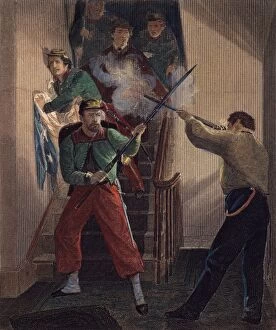South Eastern Collection (#9)
"South Eastern: A Tapestry of History and Valor" Step back in time as we explore the rich heritage of the South Eastern region
For sale as Licensed Images
Choose your image, Select your licence and Download the media
"South Eastern: A Tapestry of History and Valor" Step back in time as we explore the rich heritage of the South Eastern region. From Captain John Smith's intricate map of Virginia in 1612 to the historic surrender of General Lee to General Grant at Appomattox Court House in 1865, this captivating area has witnessed pivotal moments that shaped our nation. In the midst of the American Revolution, Laodicea Dicey Langston stood fearlessly by her elderly father's side, protecting him against Loyalist troops. Her bravery symbolizes the unwavering spirit that defined this era. The legendary Stonewall Jackson takes center stage as he leads his troops at First Bull Run in 1861. Henry Alexander Ogden's lithograph immortalizes this iconic figure who left an indelible mark on Southern history. Delve into Native American culture with Southeastern Native American (Calusa) carved wooden cat figures excavated from Key Marco, Florida. These remarkable artifacts offer a glimpse into a vibrant civilization that thrived long before European settlers arrived. Patrick Henry's resounding words echo through time as he passionately delivers his landmark speech on the Rights of Colonies before the Virginia Assembly in 1775. Currier & Ives' lithograph captures this powerful moment when liberty became synonymous with defiance. Marion and his brave men crossing Pee Dee River during the Revolutionary War exemplify resilience and determination against British forces. William Tylee Ranney's painting vividly portrays their audacious efforts to secure freedom for South Carolina. Witness Petersburg fall during one fateful day in April 1865 as depicted by Kurz & Allison's lithograph. The Civil War ravaged these lands but also paved the way for reconciliation and healing. Sergeant William Jasper becomes an emblematic hero when he replaces colors amidst a British attack on Sullivans Island (Fort Moultrie). This act showcases the unwavering commitment of those who defended Charleston Harbor in 1776.





